Introduction: The Enduring Appeal of Classic Cars
Classic cars have always been more than just vehicles; they are symbols of a bygone era, pieces of automotive history, and investments in both nostalgia and potential wealth. The passion for classic cars continues to thrive, even as the automotive industry shifts toward electric and autonomous technologies. This article will explore the reasons behind the continued enthusiasm for classic cars, the timeless appeal they hold for collectors, and whether investing in these automobiles remains a sound financial decision in today’s market.
1. The Enduring Enthusiasm for Classic Cars: What Fuels the Passion?
A. Nostalgia and Cultural Significance
- Classic cars represent an era of design and craftsmanship that resonates deeply with enthusiasts.
- The cultural significance of classic cars—how they evoke memories of past decades and often symbolize a certain lifestyle.
- The appeal of the freedom and individualism associated with car ownership in the mid-20th century.
B. Engineering and Design Excellence
- Many classic cars are renowned for their superior craftsmanship, intricate engineering, and aesthetic appeal.
- The distinction of classic car design compared to modern vehicles—emphasis on mechanical ingenuity, hand-built features, and stylistic uniqueness.
- The role of iconic models (e.g., Ferrari 250 GTO, Porsche 911, Ford Mustang) and their place in automotive history.
C. Driving Experience and Hands-on Engagement
- For many enthusiasts, driving a classic car is an experience that modern cars simply cannot replicate.
- The tactile connection between driver and machine, and how classic cars encourage a more involved and personal driving experience.
- The sound of the engine, the feel of the gear shift, and the connection to the road provide a sense of adventure and nostalgia.
2. Classic Car Collecting as a Hobby: What Attracts Collectors?
A. The Thrill of the Hunt
- The quest to find rare and valuable classic cars and the satisfaction of acquiring a car that is in excellent condition or restoration potential.
- Auctions, car shows, and private collections—the thrill of competition and discovery in the classic car market.
B. Building a Collection
- Many collectors aim to curate specific types of cars, such as vintage American muscle cars, British roadsters, or European luxury automobiles.
- The role of classic car clubs, online forums, and enthusiast groups in shaping the community of collectors.
- The social aspect of classic car ownership, such as participating in meetups, concours d’elegance events, and road rallies.
C. Personalization and Restoration
- How classic cars can be personalized and restored, making them unique expressions of the owner’s taste and craftsmanship.
- The art of restoring a classic car to its original glory, or modifying it to create a bespoke model.
- The potential satisfaction of bringing an old, forgotten car back to life.
3. The Investment Potential of Classic Cars: Is Collecting Still a Sound Financial Choice?
A. Classic Cars as an Asset Class
- A growing interest in classic cars as a form of alternative investment, similar to art, rare watches, or fine wines.
- Historical performance of classic car values, particularly post-World War II models and limited edition cars.
- How certain models have outpaced traditional investments such as stocks or real estate.
B. Understanding the Market: What Makes a Classic Car Valuable?
- Rarity: Limited production, special editions, or cars with historical significance (e.g., movie cars, race cars).
- Condition: How the condition of the car (e.g., original paint, mileage, rust-free body) impacts its value.
- Provenance: The car’s history, including famous previous owners, records of races or events, or unique features.
- Demand and trends: The current state of the market and shifting preferences in collector circles, such as the rising interest in electric classic cars or increasing demand for specific brands.
C. Classic Car Auctions and Market Dynamics
- High-profile auctions (e.g., Pebble Beach, Gooding & Co., RM Sotheby’s) and their impact on the pricing of classic cars.
- How trends in the collector car market can drive up values, such as the recent surge in vintage Ferraris and Porsche models.
- The role of online auction platforms (e.g., Bring a Trailer, eBay Motors) in democratizing access to classic car buying and selling.
D. Risks and Considerations
- The potential for financial loss if the market takes a downturn or the car doesn’t appreciate as expected.
- Maintenance costs, insurance, storage, and the challenges of caring for a classic car as an investment.
- The importance of proper documentation, provenance verification, and avoiding counterfeit cars.
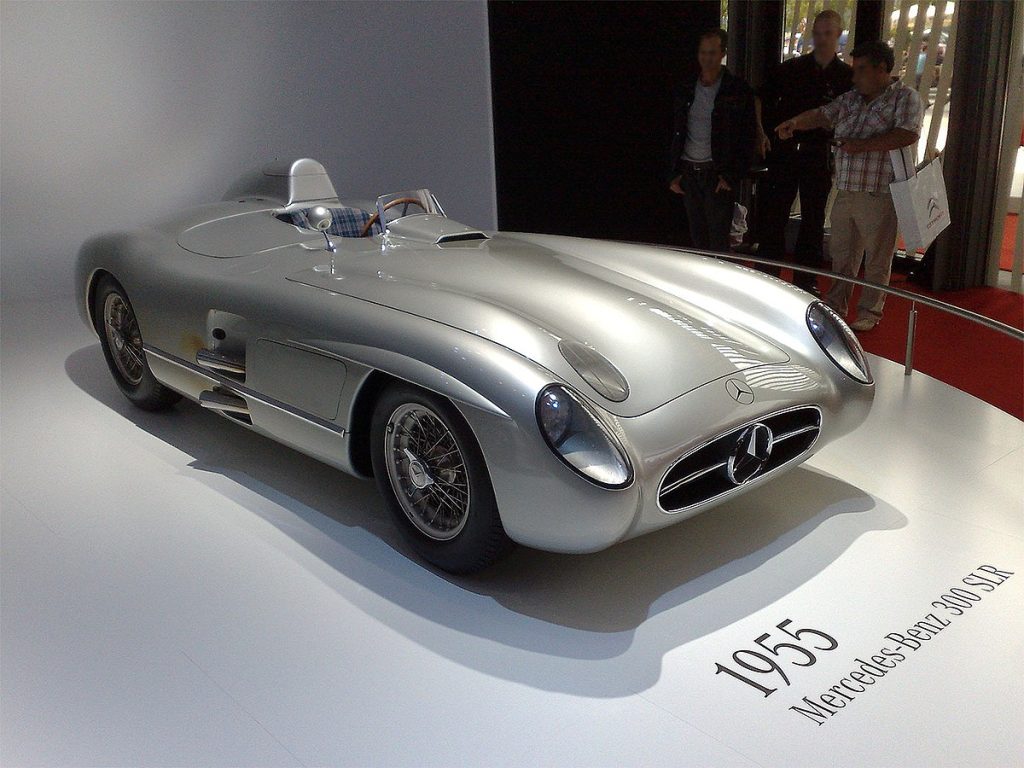
4. Trends in Classic Car Collecting: What’s Hot in the Market Today?
A. The Influence of Modern Technologies
- The growing popularity of classic cars that have been “restomodded”—upgraded with modern technology while retaining the original look.
- The rise of electric conversions for classic cars, allowing vintage vehicles to retain their charm while becoming more eco-friendly.
B. Shifting Preferences: What Are Collectors Seeking?
- Rising demand for cars from the 1980s and 1990s—often seen as a nostalgic bridge between classic and modern vehicles.
- Interest in less mainstream brands and models—how collectors are increasingly looking for cars that stand out from the typical Ferrari, Porsche, or Lamborghini collection.
C. The Global Classic Car Market
- The expanding interest in classic car collecting around the world—regions like Asia, the Middle East, and Eastern Europe where demand for classic cars is on the rise.
- The role of international car shows and global collectors in increasing the visibility and desirability of specific models.
5. The Preservation and Restoration of Classic Cars: A Labor of Love and Investment
A. The Restoration Process
- Understanding the complexities of restoring a classic car—how to balance keeping the car original while upgrading necessary parts.
- The role of professional restorers versus DIY enthusiasts in bringing old cars back to life.
B. Cost of Restoration and Return on Investment
- The financial costs of restoration and whether the investment will ultimately yield a profitable return.
- How to calculate the potential value of a restored classic car and what factors influence this decision.
C. Preserving History
- The cultural importance of preserving classic cars as a connection to history and technology.
- The role of museums, historical societies, and collectors in ensuring that these vehicles are maintained for future generations.
6. The Future of Classic Car Collecting: What Lies Ahead?
A. The Impact of Electric Cars
- How the shift toward electric vehicles (EVs) is affecting the classic car market. Are vintage electric cars the next big thing?
- How car enthusiasts are preserving and modifying electric classics to make them more appealing.
B. Environmental and Sustainability Considerations
- How environmental concerns are influencing classic car ownership, such as emissions regulations and the push for greener alternatives.
- The possibility of stricter environmental laws affecting the ownership and operation of classic cars, particularly in urban areas.
C. The Next Generation of Collectors
- How younger generations are approaching classic car collecting, from virtual car shows to digital-only collectibles (like NFTs and virtual cars).
- The growing appeal of classic cars as a niche hobby among younger car enthusiasts and their changing preferences.
7. Conclusion: Classic Cars—Passion, Heritage, and Investment
Despite the changing automotive landscape, classic cars continue to evoke a sense of nostalgia, craftsmanship, and personal connection that is hard to replicate in modern vehicles. For collectors, the thrill of finding and restoring a classic car remains unparalleled. From a financial perspective, the classic car market shows significant promise, but it’s essential to approach collecting with care, knowledge, and a passion for the vehicles themselves. As long as the passion for driving and collecting classic cars endures, these timeless machines will remain a key part of the automotive world—both as valuable investments and as cherished pieces of history.

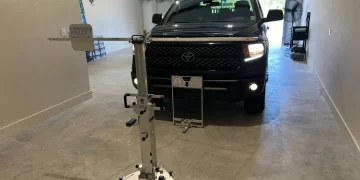





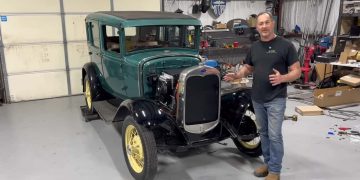

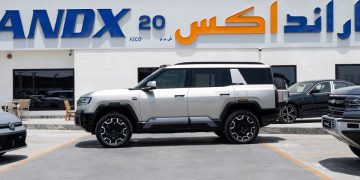

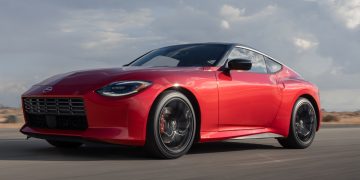









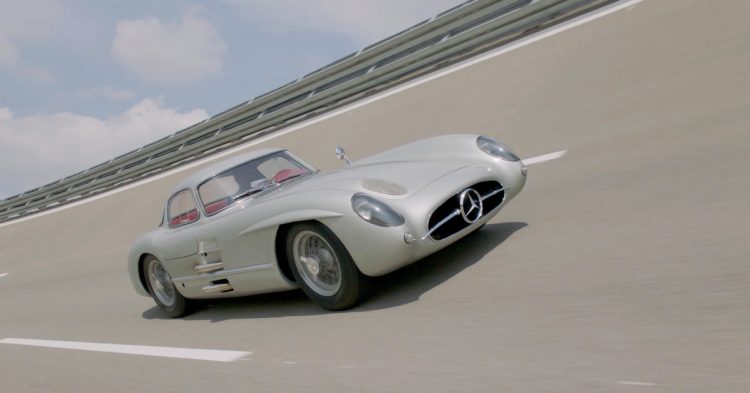












Discussion about this post